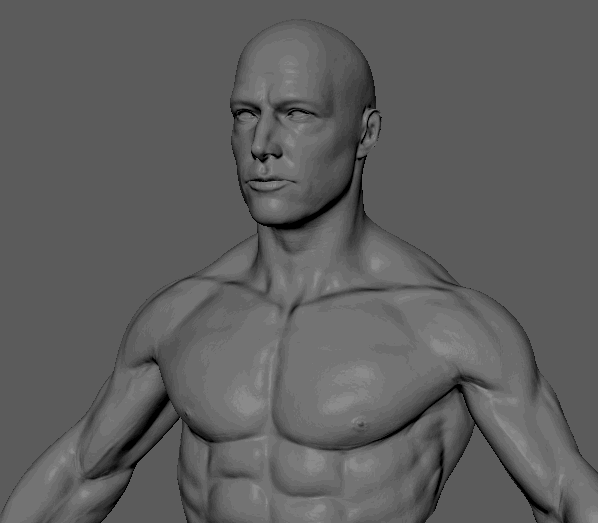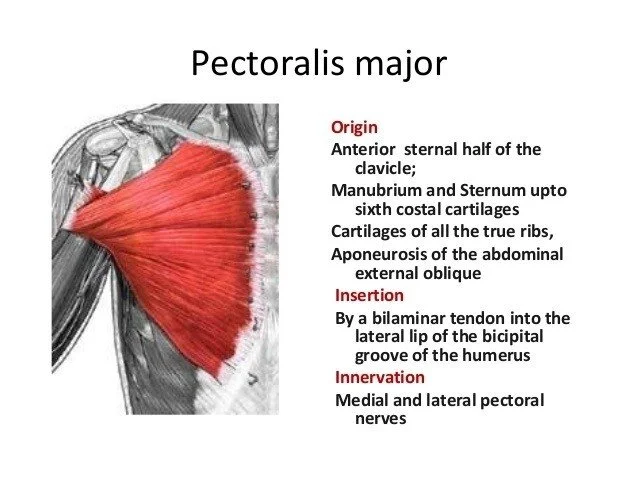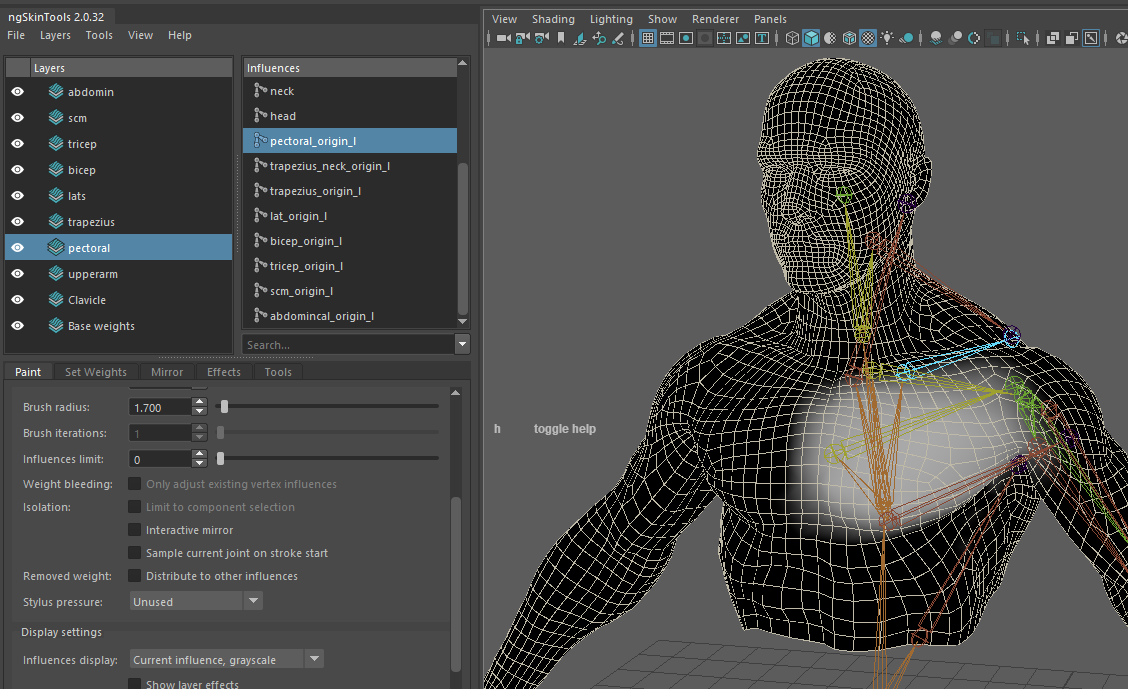I signed up for CG Master Academy’s Facial Rigging Course so I’d have something to hold me accountable to doing another face rig, since they can be quite tedious. I went with a stylized model, which I picked up off CG Trader.
I should definitely have put more time and effort into making the pose tests, but I got bored. I don’t think I had the fleshy eyelids implemented at this point either.
The face rig uses a combination of blendshapes, joints, and deformation layering. The two new things I picked up were the method for “smart blink”, where the blink line remains clean regardless of the eyelid poses. The other thing was space switching for the upper lip, which required having a main joint for the upper lip that any other upper lip joints would be parented under, then setting up spaces on that main upper lip joint to either follow the head or the jaw.
I learned how to use Mudbox, so I could sculpt the shapes needed. Also messed around with Arnold to render some of the poses out. I did a quick mocap test using my iPhone and the MocapX app. It did alright, but out of the box, is quite stiff, almost like stop motion. I could probably have iterated more on the poses it wanted as well, but I didn’t want to spend too much time on it.











